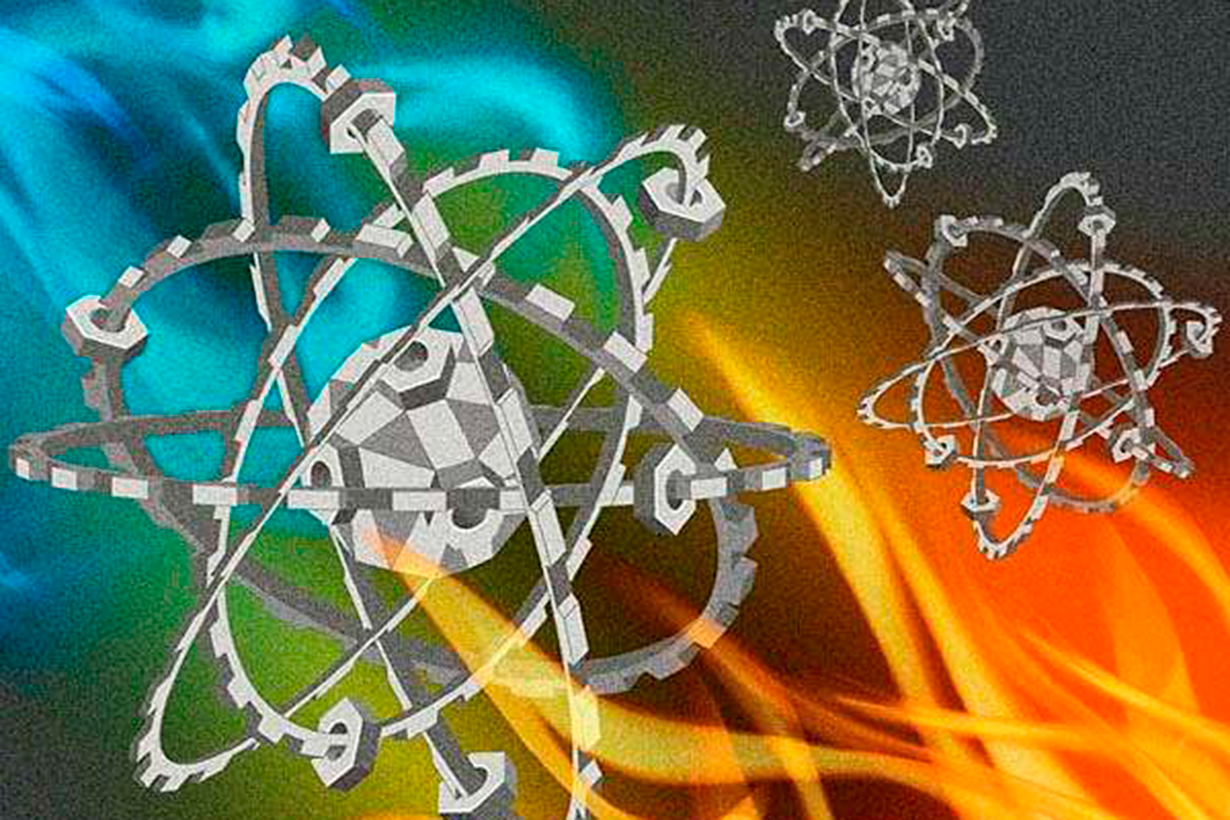CLOSE
About Elements
为了美好的未来,
传播支撑社会的科技
TANAKA是“贵金属”的专家,为世界提供创造“社会价值”的“制造”。
“Elements”是主要提供符合我们的业务及价值观的有关“科技”和“可持续发展”
等方面信息的网络媒体。
在急速发生范式转换的现代,我们将不断传播促进实现更加美好的“社会”和富饶“地球”的未来的启示。

Laser solid-phase synthesis of precious metal nanoparticles

Laser fabrication of nanoparticles offers a powerful and flexible alternative to the purely chemical approaches. In recent years, laser synthesized precious metal nanoparticles are becoming increasingly important in catalysis due to their unique surface features. In order to minimize the consumption of expensive precious metal-based materials and maximize the utilization of active species in various electrochemical catalysis, effort has been devoted to designing nanoscale and atomic scale materials.
As the size of metal nanoparticles decreases to a few nanometers, or down to atomic levels, their catalytic performance can be effectively improved due to increased number of exposed surface atoms. However, the synthesis of metal particles of less than 2 nm remains challenging and atomically dispersed species via laser-based liquid-phase techniques had not been successful, as the nucleation and crystal growth in liquid can be hardly prevented without effective confinement of the reactants.
Following the recent work published in Advanced Functional Materials, 30, 2001756, 2020 on laser assisted liquid-phase synthesis of 2 nm Pt nanoparticles on reduced graphene oxide for high performance electrocatalysis, the team at The University of Manchester, UK, including Yudong Peng as a key researcher in his PhD project, led by Professor Zhu Liu, aimed to further decrease the Pt size down to a single atomic level.
In a new paper published in the recent issue of Light Science and Application, the team has developed a unique laser synthetic capability and demonstrated high efficacy of this technique for preparing Pt single atom catalysts (SACs) grown directly onto a reduced graphene oxide support material.
In this approach, the Pt-EGO (electrochemical graphene oxide) samples are prepared by freeze-drying H2PtCl6 infused EGO hydrogel films to form “isolated dispersion” of H2PtCl6 precursors on the EGO substrate, which is essential to achieve the atomically dispersed Pt followed by laser irradiation using nanosecond pulsed 1064 nm laser or picosecond pulsed 355 nm laser.
Additionally, the fast laser scanning leads to rapid heating and cooling processes that prevent the migration of the Pt atoms. The team has demonstrated that such a single atom catalyst has a small overpotential of 42.3 mV at 10 mA cm-2 in hydrogen evolution reaction and a mass activity tenfold higher than that of the commercial Pt/C catalyst.
“In fighting against climate change and to realize carbon neutral in our society, catalysts play a very important role in a variety of applications including energy conversion (e.g. hydrogen evolution) and carbon neutral reactions (e.g. CO2 reduction). In the field of laser synthesis of new materials, researchers have been working towards breaking the size limit into the atomic level.
“We have shown a rapid, versatile, solid-phase laser manufacturing technique for synthesizing graphene supported Pt single atom catalyst, setting a new record for laser-based atomic level material synthesis. This technique would open up a new route for the production of a variety of single atoms on different substrates, and holds a promising potential for roll-to-roll manufacturing of high throughput catalysts. Other potential applications are yet to be explored.”, the team added.
This article was from SpaceDaily.com and was legally licensed through the Industry Dive publisher network. Please direct all licensing questions to legal@industrydive.com.
![]()









